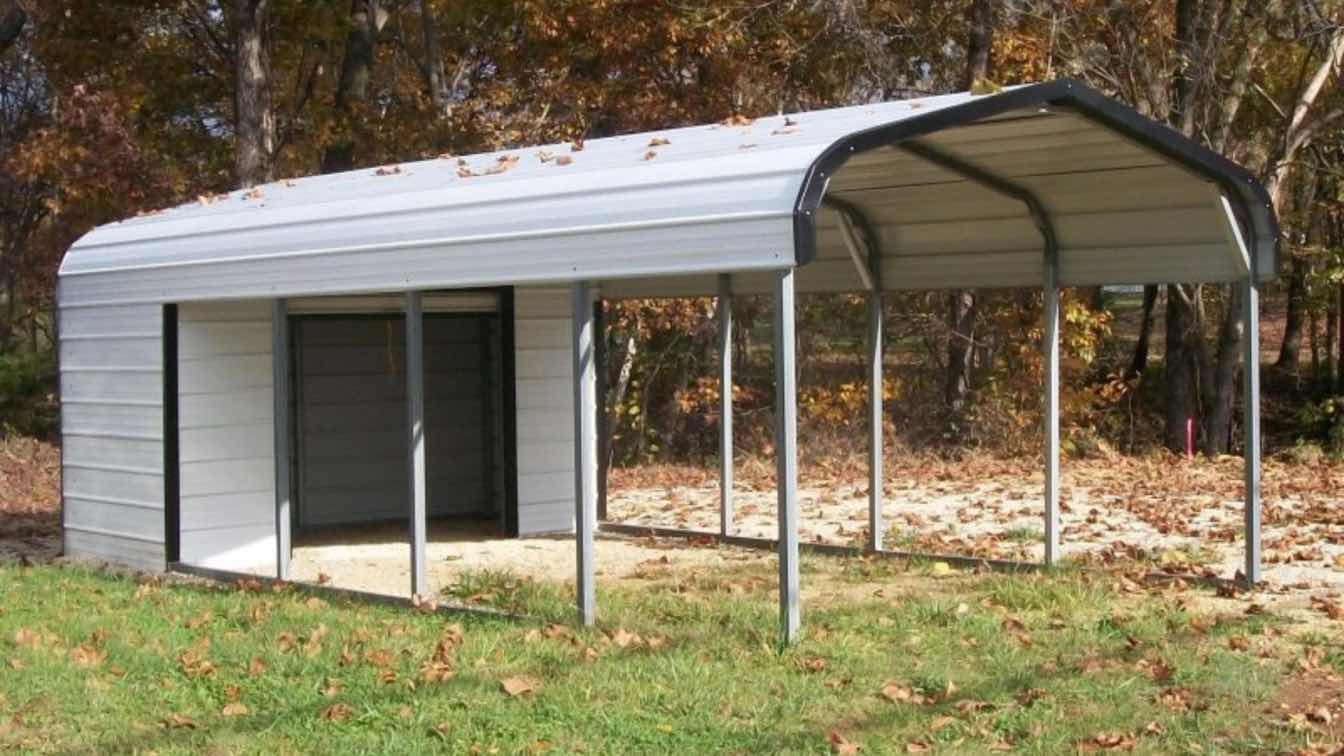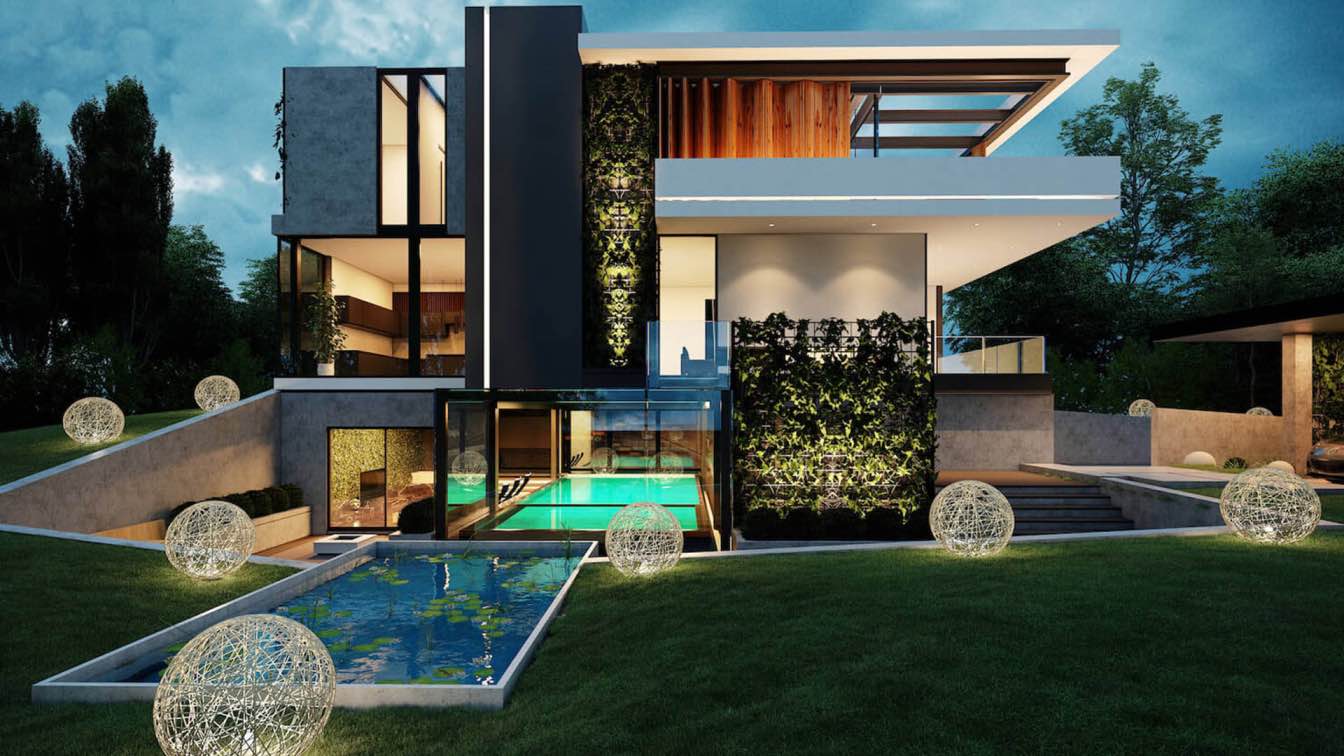When it comes to adding a utility structure to your property, a carport is one of the most versatile and budget-friendly options. Carports provide covered parking while allowing an open-air design that creates a seamless transition between indoor and outdoor living spaces. Unlike a fully enclosed garage, the sides of a utility carport remain open to promote airflow.
For property owners needing basic vehicle protection or extra storage with a flexible layout, carports are the perfect alternative to detached garages or uncovered parking. However, with the many sizes, styles, and customization options available, finding the right utility carport for your needs deserves careful consideration.
Assessing Your Carport Needs
The first step involves honestly assessing your intended carport usage. Key questions include:
- What do you need to park or store? The carport should comfortably accommodate your largest vehicles, boats, RVs, and equipment with room to spare. Measure vehicles and equipment to determine necessary clearance.
- How much covered area do you need? Consider not just current but future storage needs when planning dimensions. It’s easier to size up initially rather than trying to expand a carport later.
- What custom features may help? For hobbyists and DIYers, height clearances for vehicles on lifts, enclosed storage closets, or built-in workbenches optimize the workspace.
- What extreme weather factors must it withstand? From heavy snow loads to high winds, meet local structural requirements. Reinforced framing and gauge ratings ensure durability.
- Does it need full climate control? Adding side panels, windows or insulation may be worthwhile. Electrical packages with lighting, fans, and outlets increase functionality.
- What appearance and finishes match your home? Color schemes, trim choices, and roof styles complement existing aesthetics.
Carport Design Considerations
Once the intended purpose and required customization are determined, it’s time to narrow options to best match your spatial parameters and design aesthetics.
Structure Type
Each structure type has inherent strengths. Common options include:
Metal - With rugged steel or aluminum construction, metal carports withstand heavy use and extreme weather well. The defined lines and extensive color/finish options integrate beautifully with both classic and modern home styles. Open paneling promotes airflow, reducing interior moisture. Easy to maintain and the most cost-effective choice, metal carports deliver lasting value and versatility.
Wood - Blending naturally with green spaces, wood carports emit a warm, inviting feel. The rich textures and grains of timber panels or framing add depth and visual interest. Though wood requires diligent weatherproofing and upkeep, its resilient beauty endures.
Vinyl – Vinyl carports bridge the gap between metal and wood options for low-maintenance durability. Mold/mildew-resistant vinyl holds up well against weathering with color-molded visuals resembling woodgrain. The lightweight, moisture-wicking panels deter rust and corrosion.
Size Options
Available in single and double widths, carport lengths easily extend to desired footage in modular construction. Common sizes include:
Compact Single Carports – At 12 x 21 feet, reasonably priced small single carports fit vehicles up to 17 feet long.
Standard Single Carports – With room for larger SUVs, a 12 x 21 feet structure houses vehicles up to 20 feet long.
Extended Single Carports – For oversized trucks, RVs, or equipment storage, 12 x 31 feet models accommodate 24-foot long vehicles.
Standard Double Carports – These 18 x 21-foot models are spacious enough for two vehicles and easily fit family fleet needs, with room to walk around the vehicles.
For custom length requirements, each additional 12-inch modular addition typically costs around $100-150 for materials and labor.
Roof Style
Like your home, the right carport roof line ties the structure together aesthetically while serving vital practical purposes. Choose from:
A-Frame – The most affordable and versatile option, A-frame rooflines slope from front to back in a triangular peak. This traditional style blends nicely with most homes.
Lean-To – Attaching directly to an existing building for support on one side, lean-to roofs slant downwards on the free side. This space-saving design works well for narrow standalone applications.
Hip Roof – Angling inwards from all sides, hip roofs are well-suited for withstanding high winds and obesity snowfall. The enclosed design also allows ceiling insulation without condensation risks.
Gable Roof – Extending vertically on the short sides and then tapering towards the ridge, gable roofs maximize open-interior headroom and loft storage potential. These eye-catching rooflines work well with barn-style buildings.
Material Matters
From the framework to roofing, having quality durable materials that gracefully withstand exposure and age is essential. Be sure to ask providers about:
Framing – Galvanized steel resists corrosion far better than basic steel. Thicker gauges and reinforced engineering provide added wind/snow load capacity.
Roof Panels – Advanced finishes like Kynar fight fading while heavier gauge aluminum or galvalume steel deters dents. Good rainwater runoff prevents leakage.
Hardware – Grade 8 bolts withstand heavy stress better than basic hardware. Look for screw-down fasteners rather than nails for durability.
Accessories – From polycarbonate skylight panels amplifying natural light to ceiling fans promoting airflow, optional upgrades maximize the enjoyment of your new space.
With attention to detail during planning and construction, you can rest assured knowing your custom carport will provide lasting value while withstanding whatever your climate dishes out.
Finding the Right Utility Carport Company
Regardless of size requirements or customization preferences, choosing the ideal carport company to translate your vision into reality ensures project success. Be sure to research providers thoroughly before purchasing by:
Checking Credentials – Top manufacturers like Eagle Buildings carry extensive product liability insurance and all necessary licensing and permits. Customer references should also be easy to obtain. Reputable vendors stand behind workmanship guarantees.
Reviewing Sample Work – Evaluate images of previous carports installed to analyze the quality of materials, build aesthetics, and customization capabilities. Varied project profiles showcase range.
Comparing Craftsmanship – Study framework engineering, hardware choices, and assembly practices that optimize weather endurance and structural integrity. Little details make big differences durability-wise.
Pricing Fairness – Top value aligns with product quality rather than bottom-dollar deals that are too good to be true. Bigger upfront discounts often reflect thinner profit margins passed onto consumers through cheaper materials prone to early failure.
Onsite Consultations – Meet face-to-face for home assessments and determine precise placement based on property topography and prepping foundation requirements.
Seamless Process – From approvals facilitating quick permit issuance to coordinated installation, experienced companies make projects flow smoothly with minimal homeowner effort.
By partnering with pre-qualified industry experts who adhere to rigorous quality standards and building codes, you can enjoy peace of mind throughout every stage.
Conclusion
Adding a versatile open-air utility carport allows for sheltering vehicles and equipment or creating adaptable storage space while retaining flexible usage potential. After determining the intended functionality, take time to consider the perfect carport style and size to complement your landscape aesthetics. By starting project planning properly and connecting with a reputable provider like Eagle Buildings for seamless execution, you will soon be enjoying your customized carport for years to come. Their extensive design expertise facilitates the creation of durable, low-maintenance structures with timeless visual appeal.





